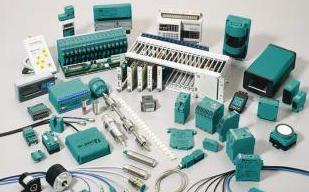
Privacy statement: Your privacy is very important to Us. Our company promises not to disclose your personal information to any external company with out your explicit permission.
 The cabling industry is strictly regulated in terms of transmission performance and security. The security of cabling is of utmost importance. Standards bodies and industry organizations around the world have prepared comprehensive documentation for this purpose.
The cabling industry is strictly regulated in terms of transmission performance and security. The security of cabling is of utmost importance. Standards bodies and industry organizations around the world have prepared comprehensive documentation for this purpose. April 01, 2024
February 27, 2023
E-mail naar dit bedrijf
April 01, 2024
February 27, 2023
NEEM CONTACT OP


Copyright © 2024 Dong guan Sum Wai Electronic Co,. Ltd. Alle rechten voorbehouden

Privacy statement: Your privacy is very important to Us. Our company promises not to disclose your personal information to any external company with out your explicit permission.

Fill in more information so that we can get in touch with you faster
Privacy statement: Your privacy is very important to Us. Our company promises not to disclose your personal information to any external company with out your explicit permission.